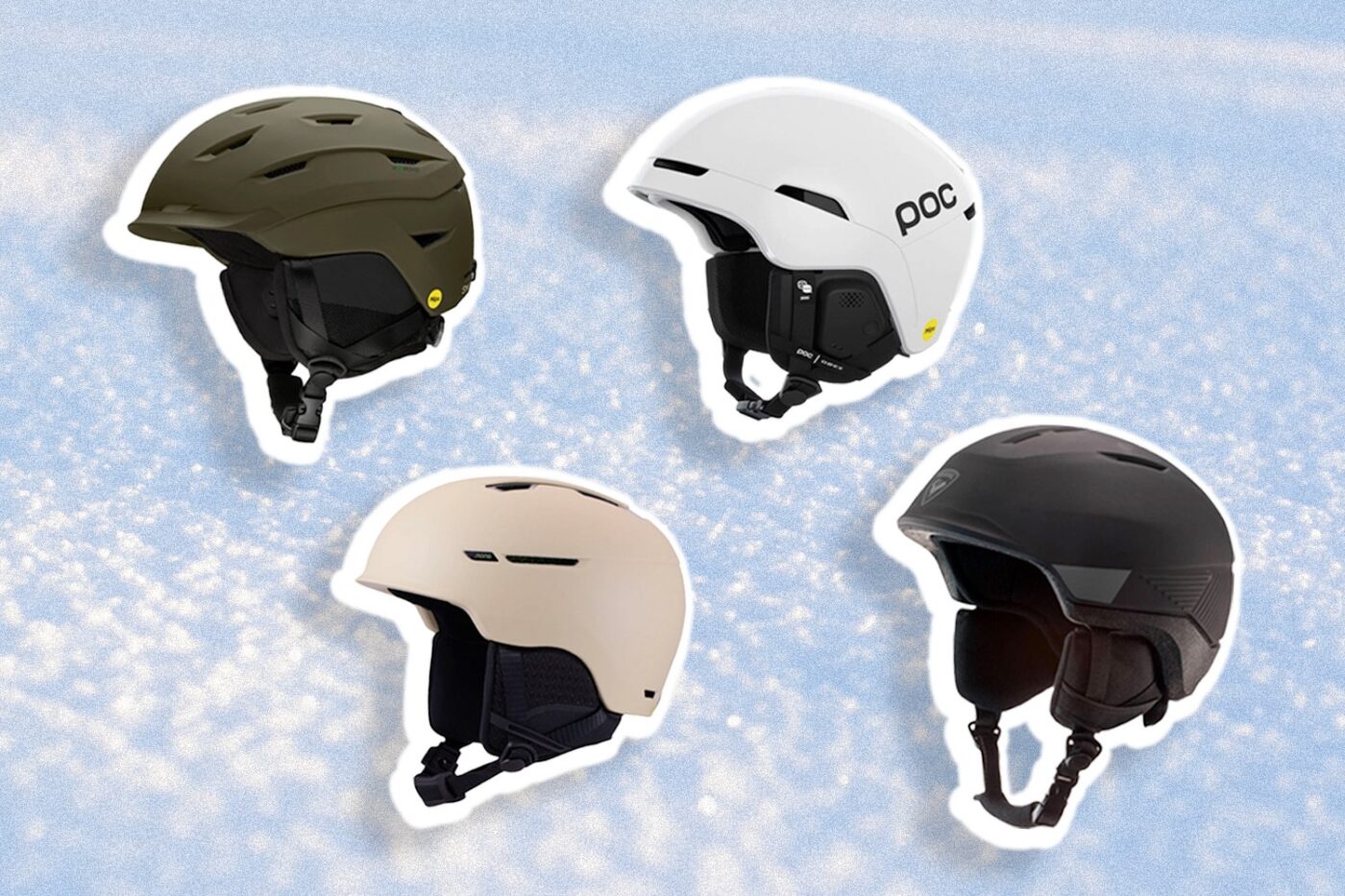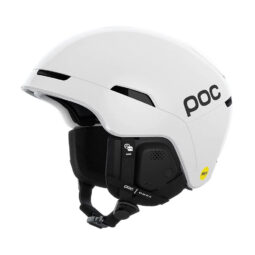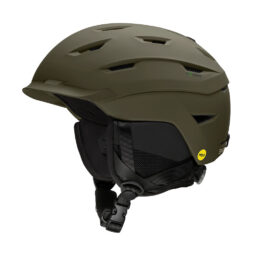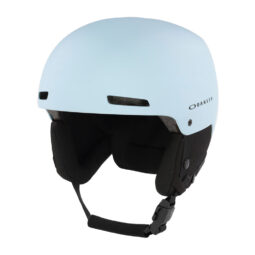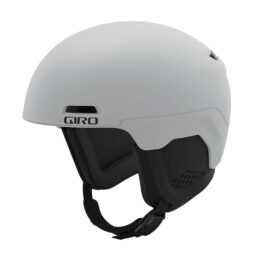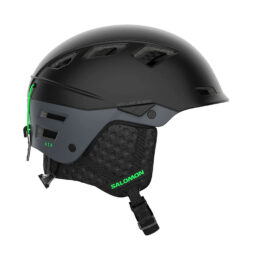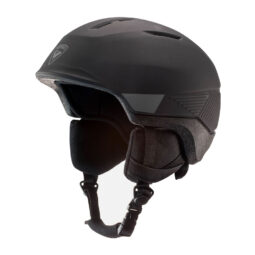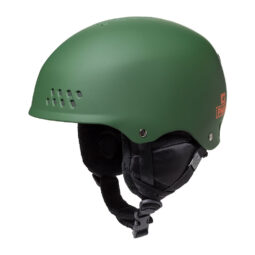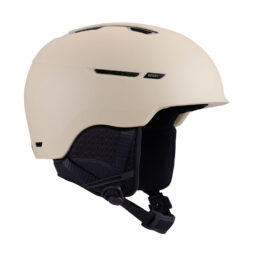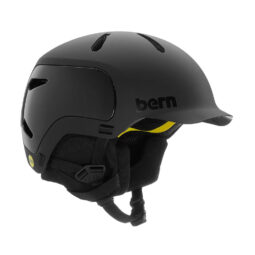A ski helmet is, without a doubt, the most important item you need to have with you when you’re going skiing or snowboarding. While it’s also imperative you arm yourself with a jacket, some gloves, and some goggles, a ski helmet is the only thing that can truly minimise your chances of injury.
The majority of resorts won’t let you step foot into your boots without having one, but you’ll often see that one guy who thinks he’s invincible. And of course, if you want to dabble in a spot of après-ski, then you’re definitely going to want to wear a ski helmet for the inevitable tipsy slalom back to the bottom of the slopes.
Here’s What We’re Looking For:
- MIPS – stands for Multi-directional Impact Protection System. It’s been developed by brain surgeons and scientists, and is an added layer fitted to helmets to help reduce rotational forces applied to your head in crashes
- Fit – comfortable and snugly fit on your head
- In-Mould Construction – highly resistant to cracks from impacts and they allow for larger vents to be integrated too, improving airflow and keeping your head cool
- Weight – lightweight to enhance comfort
- Chin strap and fastening – helmets with Fidlock buckles can be operated with one hand and without looking. All you need to do is slide the opposing pieces together and they’ll remain securely in place until you need to take it off
- Design and style – Choose your style preference but consider a helmet with a removable liner for easy cleaning
- Goggle compatibility – to enable a seamless fit and prevent any gaps
- Audio compatibility – if you enjoy listening to music while skiing
- Durability – to withstand impact and regular use
Investing in some serious head protection is absolutely vital and should really be your first port of call when stocking up on ski and snowboard gear.
TIP: To determine the ideal ski helmet size, measure your head’s circumference at its widest part, convert the measurement to inches if initially in centimetres (by dividing by 2.54), and refer to manufacturers’ size listings, typically covering a range of head sizes.
Some more helpful DMARGE stories about snowsports:
POC
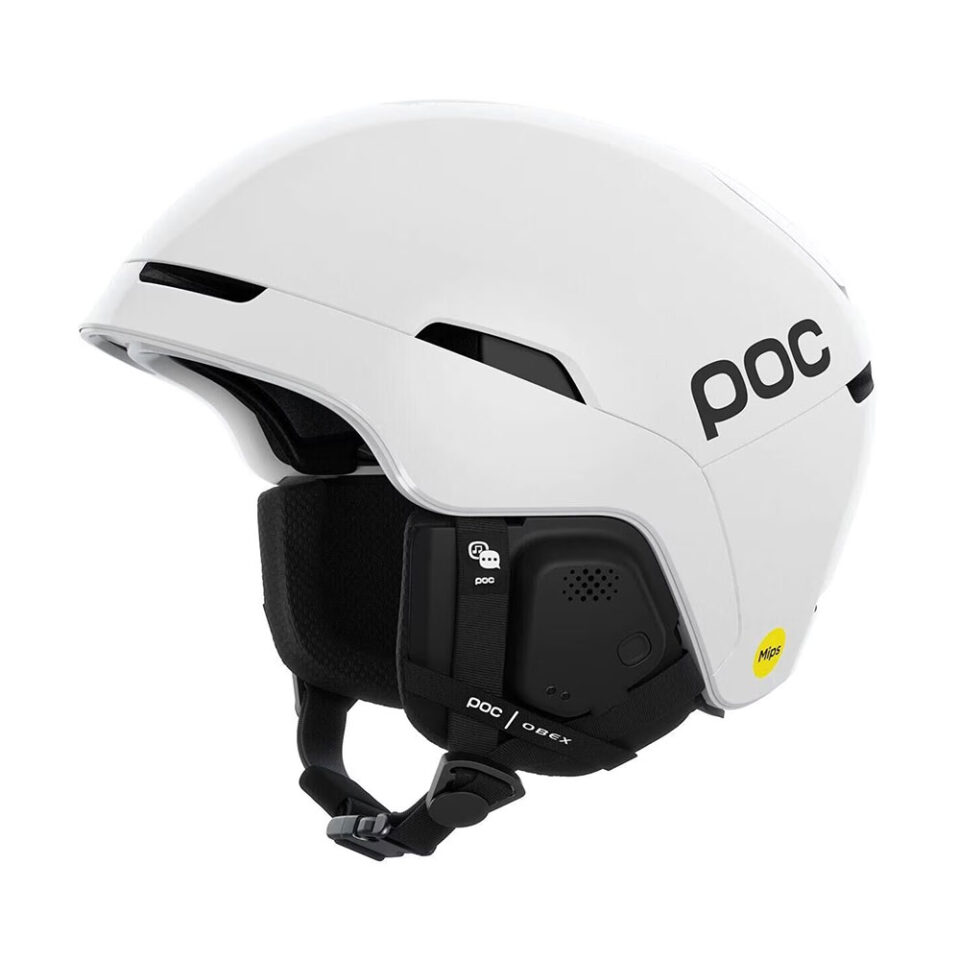 1/9
1/9
Pros
- Well integrated safety features
- Members get free shipping and discounts
Cons
- Hard to fault…
POC is to ski gear what Nike is to running gear. Well known for producing ski goggles, they’re also manufacturing some of the best ski helmets as well. They’re leaders when it comes to creating the best action sports equipment as their mission is to, ‘protect lives and reduce consequences of accidents for athletes and anyone inspired to be one’. POC makes well-constructed gear thanks to their design forums, POC lab and WATTS lab, where the greatest minds come together to create products where safety is the priority.
The POC Obex MIPS is the brand’s best selling helmet. This ski helmet is engineered with MIPS technology and to be as durable as possible, and a thick outer shell makes it perfect for backcountry skiing. It benefits from EPS foam to absorb and disperse shock, and POC’s own fully-adjustable fit system will allow you to find the perfect fit. Available in black, blue, white and pink the helmet is compatible with any POC pair of goggles and features goggle chimneys to prevent steaming. The Obex MIPS is available for an affordable $290.
POC members can get 10% off their first order and free shipping on all orders when you sign up.
Smith
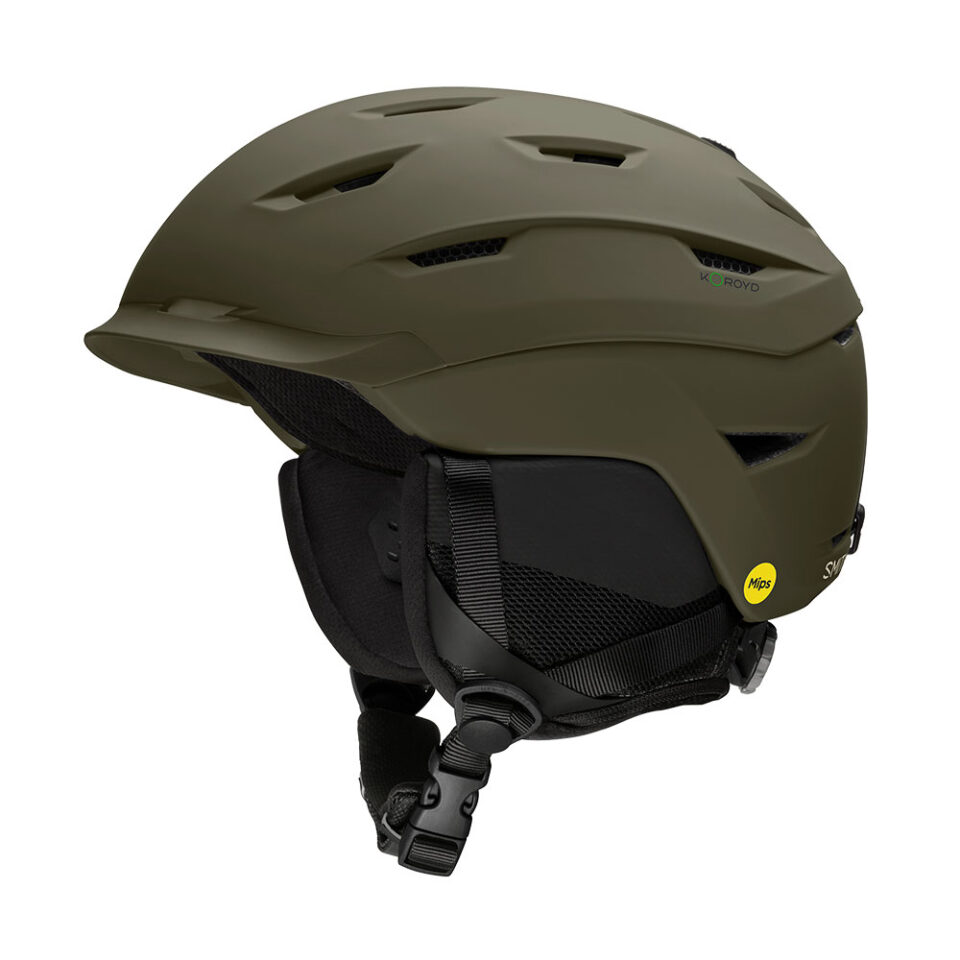 2/9
2/9
Pros
- Air evac ventilation
- Loads of technology
- Free express shipping on orders over $50
Cons
- On the expensive side
Smith launched in 1965 after dentist and ski enthusiast Robert Smith began selling the world’s first thermal goggle lenses out of his own van. Located in Sun Valley, Idaho for over 50 years, Smith has created top of the market products tailor-made to enhance your performance.
Smith makes some of the best-looking ski helmets around, such as the Level helmet. It uses the MIPS protection system and Smith’s Aerocore hybrid shell construction for strong and durable design. Additional features include the VaporFit adjustment system, removable ear pads, and an XTX antibacterial lining. It also has Smith’s Air Evac ventilation system, promoting airflow to prevent goggle fogging and ensuring clear vision.
Free express shipping is available on orders over $50.
Oakley
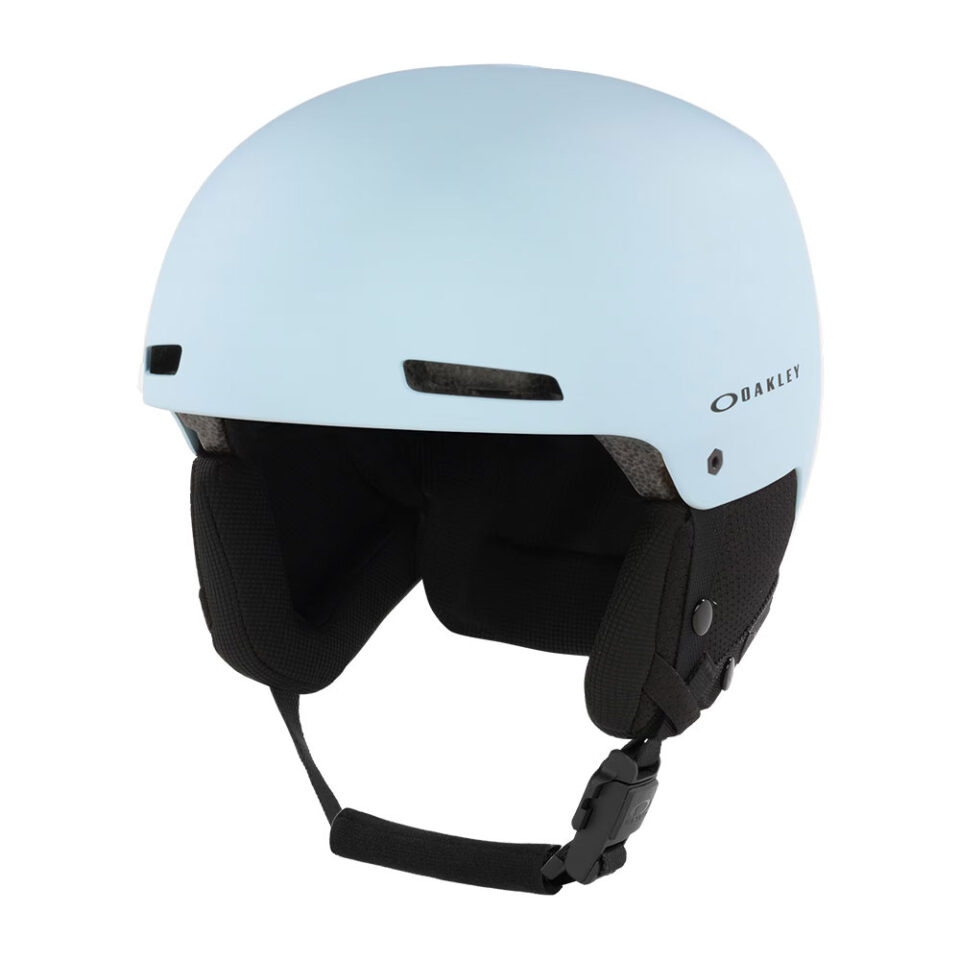 3/9
3/9
Pros
- Wide range of colors
- Free shipping
- 60 day returns
- Helmet travel bag included
Cons
- Limited sizing
Since its inception in 1975, Oakley has emerged as a leading sports manufacturer globally. Trusted by professional athletes for top-tier competitions, Oakley presents a diverse array of helmets tailored to enhance your performance and enable you to reach your peak potential.
Oakley’s best selling ski helmet is the MOD1 Pro MIPS. Boosted by Dura-Matter construction, the helmet aims to enhance durability while maintaining the sleek, low-profile design of the original MOD1. This helmet comes in 4 sizes, with MIPS and BOA technology and features a fidlock buckle that helps you fasten your helmet with gloves on. A helmet travel bag is included all for an affordable price of $200.
Free shipping and 60 day returns are available.
Giro
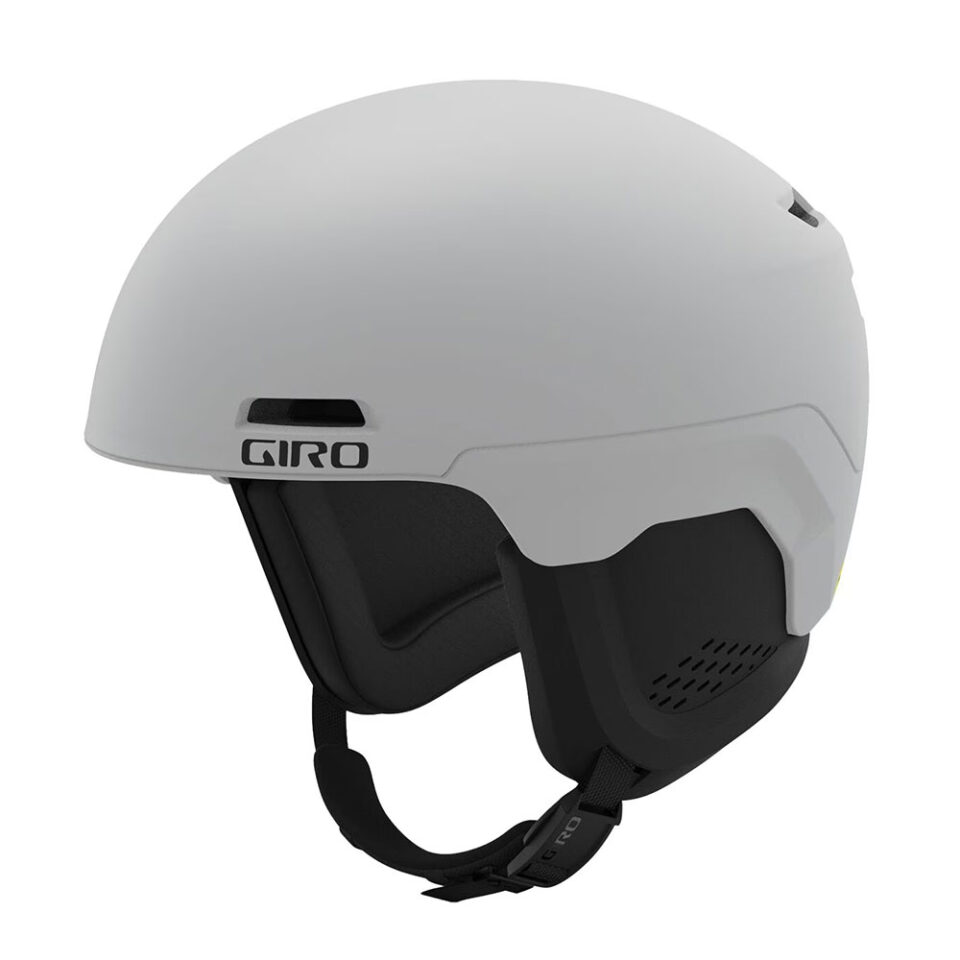 4/9
4/9
Pros
- Hard shell constructions
- Wide range of helmets
- Lots of sizes
- Travel bag included
Cons
- Free shipping on orders over $99 only
In 1985, Jim Giro established his brand and became known for designs enhancing experience and performance. Still to this day, Giro is one of the most well respected and reliable brands when it comes to equipment for snowboarding.
The Giro Avance Spherical helmet is the brand’s most popular ski helmet. It employs MIPS spherical technology which helps redirect impact away from the brain. The helmet uses X-static padding which is made of antimicrobial materials to help eliminate odours and regulate heat. It offers seamless compatibility with all Giro goggles and even comes with a helmet travel bag. What more could you want from a ski helmet? If great looks are also high on your list of needs, then we’d say the Giro Jackson more than obliges.
You can get free shipping on orders over $99.
Salomon
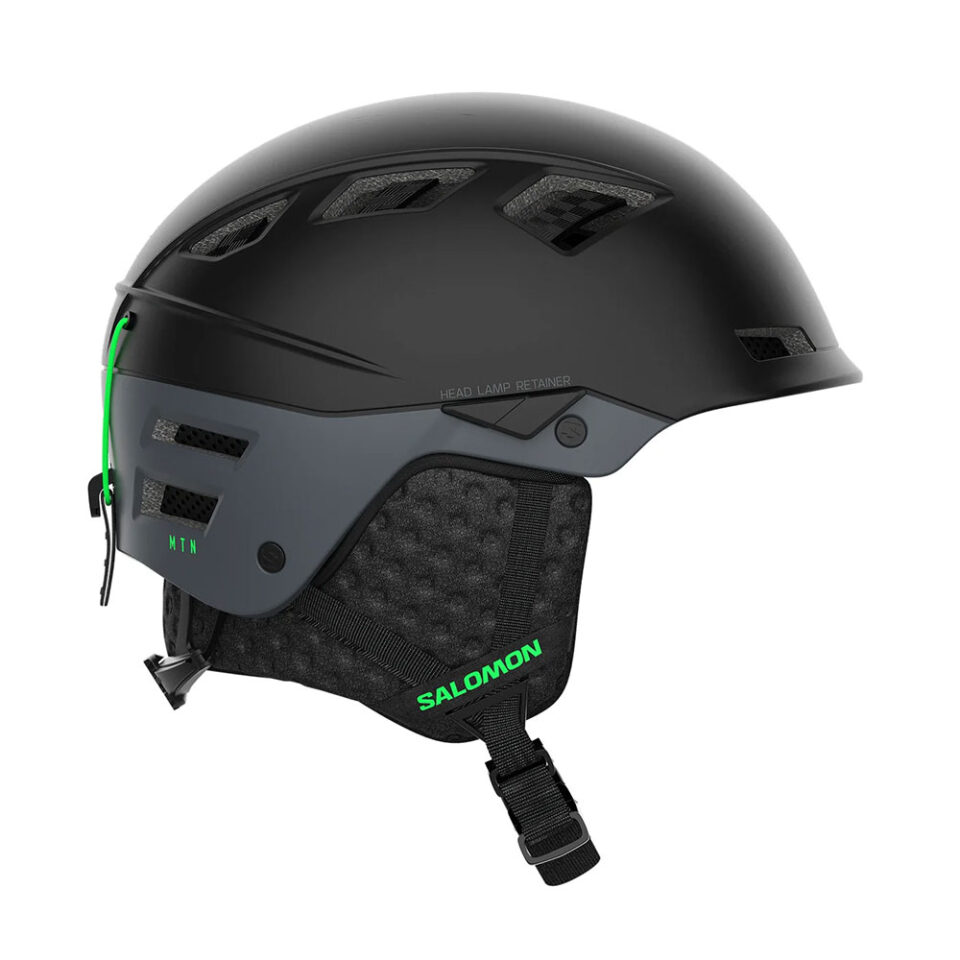 5/9
5/9
Pros
- 60 day returns
- Thermal control systems
Cons
- Free shipping on orders over $99 only
Established in 1947 in the picturesque city of Annecy nestled in the French Alps, Salomon gained prominence when its products were showcased in the 1966 Olympic Games. Shortly thereafter, Salomon became a household name, solidifying its position as a reputable company. This snowboard brand boasts a strong team of professionals, counting Bode Merrill among its members.
Salomon snowboard helmets are super safe with a hard shell. They are comfy inside with foam and have a custom dial at the back for a good fit. The Salomon MTN Lab Helmet, priced at $300, is light and has a thermal control system allowing for adjustable ventilation to keep your head cool. It also has MPS low friction liner to reduce impact. You can even remove and wash the liner and ear pads. The helmet uses Salomon’s EPS4D technology to absorb energy from hits. For extra comfort, it has a soft Merino wool lining and channels for airflow to keep you cool.
Free delivery is available for orders over $99. 60 day returns are also on offer.
Rossignol
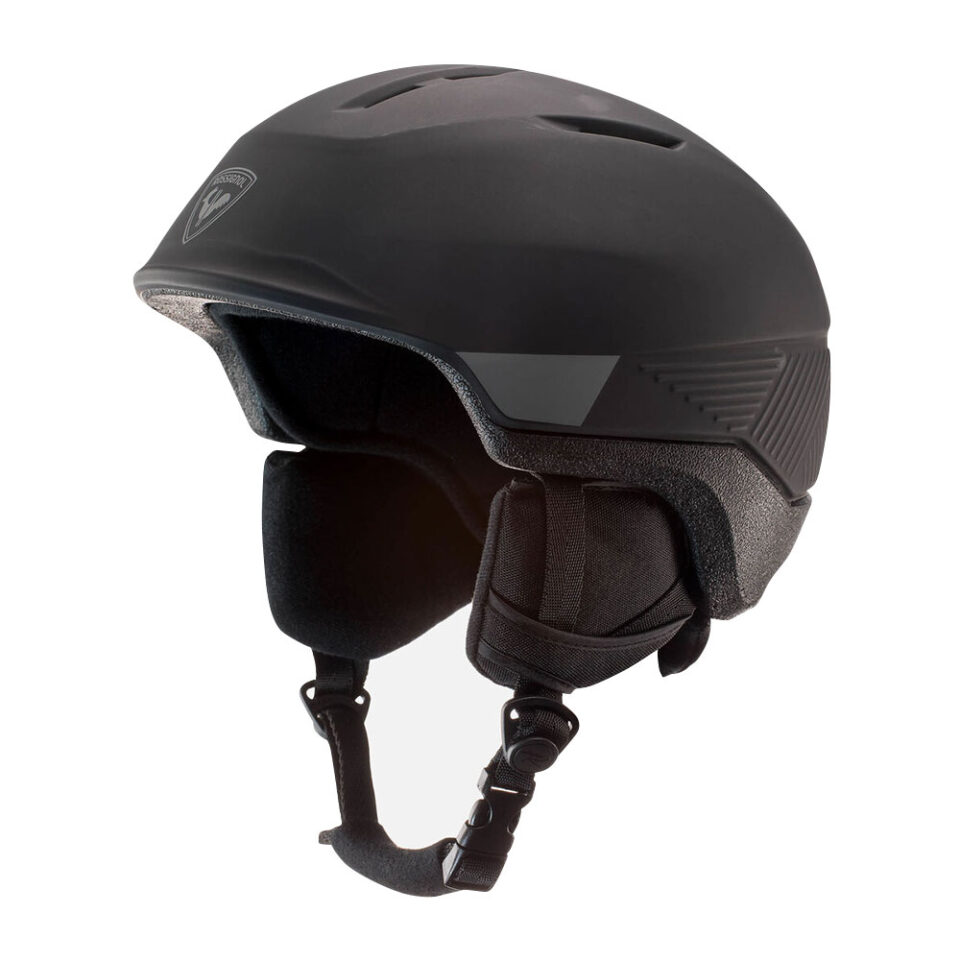 6/9
6/9
Pros
- Free standard shipping on all orders
- Wide range of colours
- EPP multi-impact technology
Cons
- Limited sizing
With a history spanning over a century, Rossignol stands as a seasoned expert in ski and snowboard equipment. The French manufacturer holds a notable position as one of the pioneers in the production of plastic skis. The brand extends its excellence to include top-tier helmets. Among its team riders is a prominent French professional snowboarder Xavier De Le Rue.
The Fit IMPACTS ski helmet incorporates Rossignol’s IMPACTS technology, ensuring sustained protection even after minor impacts. The helmet’s Dial R-Fit adjustable fit system simplifies the process of achieving an ideal fit, and its lightweight construction ensures a comfortable experience, allowing you to navigate the mountain without feeling burdened. For $159.95 the helmet is available in just two sizes (M/L & L/XL).
Signup and receive 15% off your first order. Standard shipping is free for all apparel. Rossignol is available in 26 countries.
K2
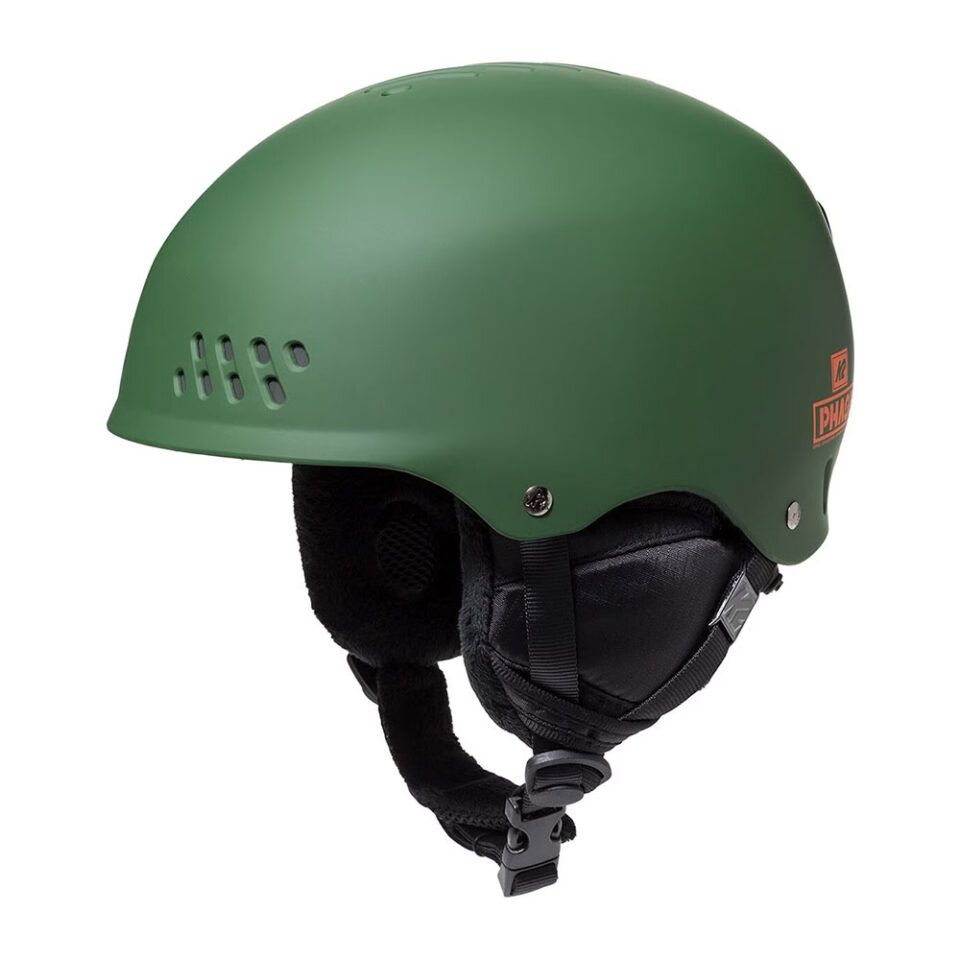 7/9
7/9
Pros
- Hybrid constructions
- Affordable helmets
Cons
- Limited variety and sizing
K2 was founded in 1962 after businessman Bill Kirscher manufactured the world’s first fibreglass skis. Since then, K2 has remained a premier brand for winter action sports as they offer a diverse range of products suitable for all riding styles. They’re about tailoring futurist equipment, and their helmet collection is no exception.
K2 designs extremely tough, hardshell ski helmets, as seen on the Phase Pro. The helmet is one of the comfiest of the range and even has Active Matrix adjustable vents, allowing control of temperature and airflow, while the K2 Dialed fit system means you can find a perfectly snug fit. You also get the built-in Baseline Audio System which saves you from using your own earphones that connects to your phone and allows you to listen to your skiing playlists. The liner design is washable and prevents moisture and overheating. The helmet is available in white, black, gunmetal, green or brown all for an affordable $119.95.
Anon
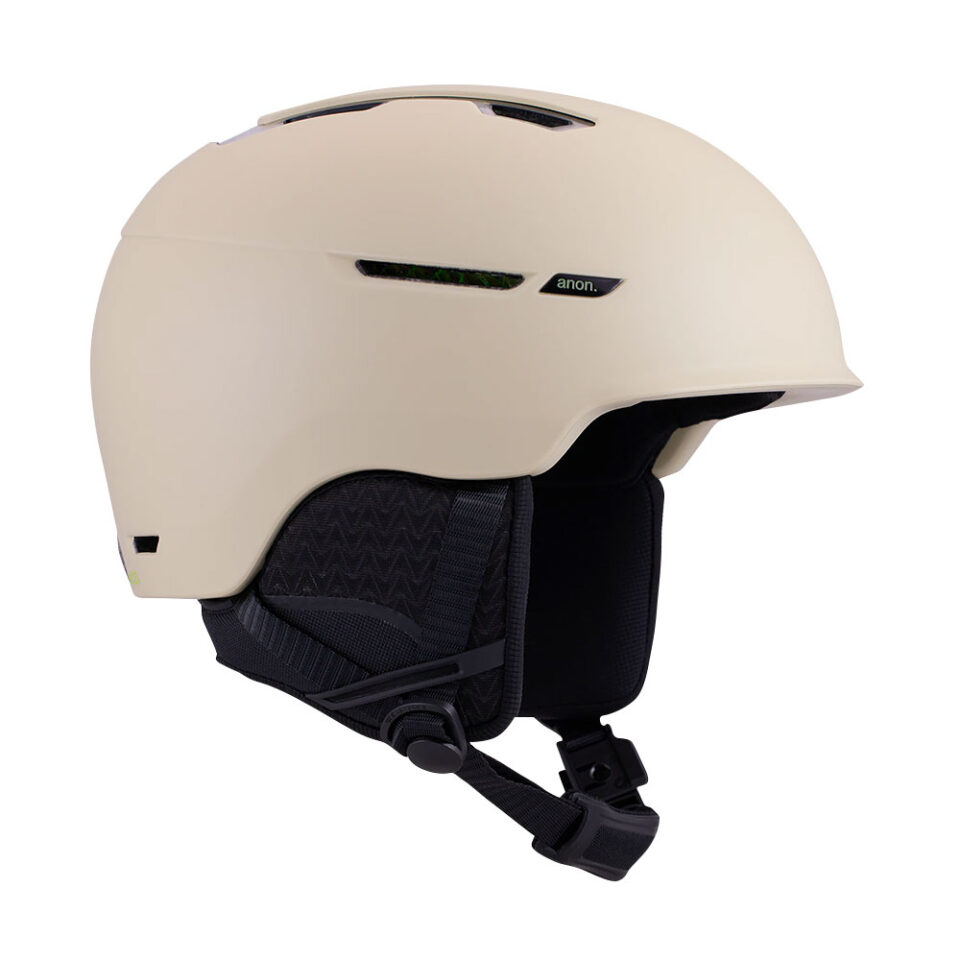 8/9
8/9
Pros
- Connected to Burton!
- Helmets compatible with goggle venting systems
Cons
- Hard to fault…
Anon are a leading snowboard and ski brand as they engineer progressive designs featuring the most advanced technology. Since 2009, Burton – another beloved snowboard brand has owned Anon.
The Anon Logan WaveCel helmet utilises the company’s WaveCel technology, consisting of numerous interconnected shock absorbers to minimise the chances of head injuries. Additionally, it features the BOA Fit adjustable system and a Fidlock magnetic clasp, making it a highly versatile Anon ski helmet that stands out as one of the most capable options on the list. The helmet uses snow stopper fabric allowing for comfort and warmth and preventing snow from entering the vents. The Logan WaveCel is available in S-XL for $239.95.
Bern
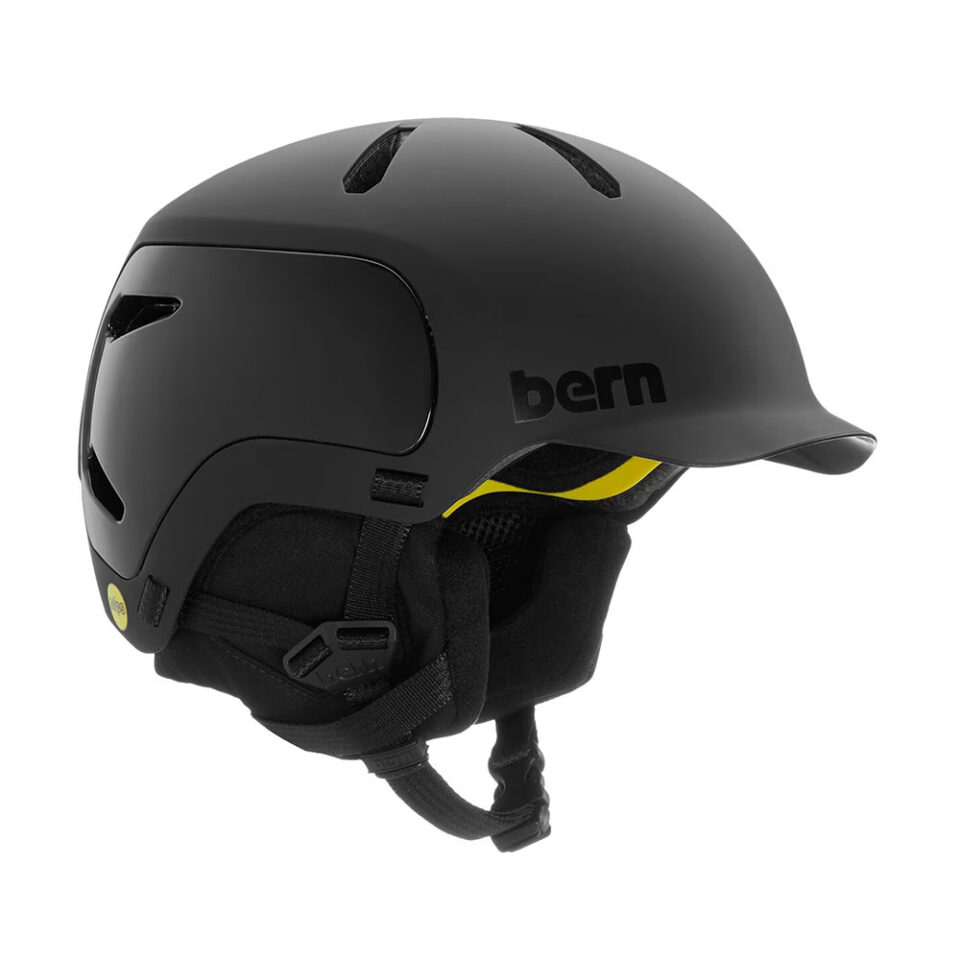 9/9
9/9
Pros
- Affordable helmets
- Range of colours
Cons
- Free shipping is available on orders over $100
Bern has been around for the past 15 years, drawing influence from street style to create their cool line of products. The brand’s designs are made to be stylish, functional, and protected. Creating some of the best helmets for cycling, skating, and snowboarding, Bern will make you look and feel your best while also inspiring you to reach your best results.
Bern’s best selling ski and snowboard helmet is the Watts 2.0 Winter Helmet with Compass Fit because of its baseball-hat-inspired visor design, setting it apart from other helmets on the mountain. The helmet is extremely tough as it is constructed out of a hybrid shell while offering a BOA dial system that quickly locks in the perfect fit every time. Bern snowboard helmets also come with drop-in ear pads with audio compatibility. The helmet is available in 8 colours for $170.
Free shipping is available on orders over $100.
